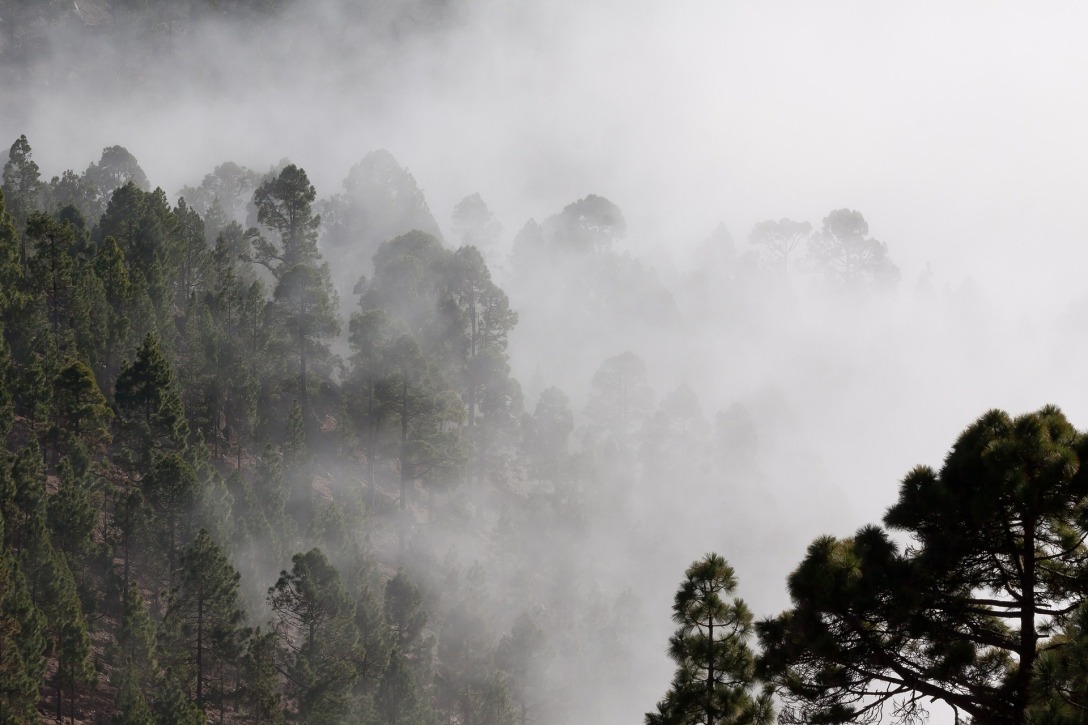Thinking of landscape. If not for the young deserts and arctic plains of this world, there will always be the presence of stalks in these wide open vistas. I’m talking giant woody stalks, hefty and rough, gnarled, twisted, knuckled and so straight and tall they seem to punch their way into the heavens.
There are always trees. Or perhaps better put, there must always be trees.
Tear landscape down the middle and you get a conjunction of either two verbs or nouns that amount to the same thing. For the realists the joining of land+scape translates as ‘surface stalks’, a startling nod to trees that says a landscape ain’t a landscape if it ain’t got no trees. And for the romantics, the verbs of land+scape reveal the inner desire to break free, to bring in an escape, the great escape, which many people envisage as a land of milk and honey, and trees.
I love these giant woody stalks. The small ones too. They cause me to stand still whenever I’m in their yard and I just listen to the world they make. I prefer them standing any day, but I make wooden spoons, I need them for my craft and soul in more ways than one.
So sometimes I need to bring an axe to their yard. I’m conflicted every time, but I go about my business in a certain way that works well in the end.
Here’s what I do.
When the the last slither of wood has been used in the spoon shed, then it’s off to source another tree. I’m lucky to live in a spot where lots of folk have big bushy acreages, so getting to know a few people with trees aplenty in their backyards is a great start.
A good friend of mine has a lot of blackwood on his property, and with it’s tendency to topple over in storms this gives me a great source of wood that has lasted me the past few years.
If I ever need to take down a tree, I look for a few things which are quite the opposite to what other woody folk are looking for. A spoon is small, it (in my opinion) looks better when it has wonky bits, and the closest to load bearing you get is lifting spoonfuls of my notoriously stodgy risotto! So the old adage of looking for towering straight grained beauties doesn’t really apply.
I’d rather the big old trees survive, so I go looking for twisted and stooped looking trees that closer resemble Gollum than an Olympic athlete. What’s more, I go looking for trees that have little chance of making the big time; ones that are growing sluggishly in the shadow of others, or are growing so close to another tree that ultimately both will cark it unless one of them decides to throw itself in front of an axe.
These are my spoon trees. I cherish them deeply; remember where they fall and revisit them to use as much as I possibly can. I want our landscapes forever populated by these giant woody stalks. They mean more to us than the much vented ‘lungs of the earth’ thing, because we too are within these landscapes. We grow alongside trees as they grow alongside us.
If you’re interested in what Australian tree species work best for spoon carving, then stay tuned for another post some time where I’ll list the ones I use most…bear in mind there are more than 5000 species on this little island, so we’ll just scratch the surface!
Peace & whittles,
JD.
